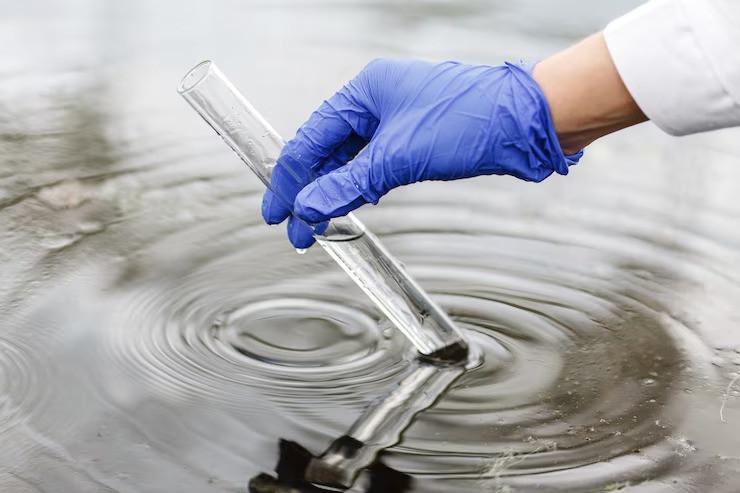Islamabad/Lahore:
The federal government has established a high -level working group to address the worsening of water scarcity and its impact on Rabi and Kharif crops.
The body, co -chaired by the Federal Minister of Climate Change, Dr. Musadik Malik and the Federal Minister of Water Resources, Muhammad Moeen Wattoo, held his first meeting in Islamabad on Thursday to describe urgent measures.
The task force discussed strategies, including rainwater collection, water waste reduction and pilot programs for drought farmers. The international participation of donors also stood out as vital for long -term solutions.
“Our main objective is to develop practical and prospective measures to counteract both the scarcity of current and future water,” said Dr. Malik.
He emphasized the need to monitor domestic and cross -border water flows, warning that regional uncertainties could interrupt supplies.
The ministers reviewed the demand for agricultural and domestic water, causes of recurring shortage and annual availability fluctuations. The task force received instructions to analyze 40 years of hydrological data to identify trends and guide politics.
“Understanding historical patterns is essential to mitigate risks,” said Malik, emphasizing the preparation for possible cross -border flow interruptions. Water scarcity raises a severe threat to Pakistan’s safety and food economy, and agriculture represents 90% of fresh water use. The task force findings could shape national water conservation and climate adaptation strategies.
Water input and outlet
The Water and Energy Development Authority (WAPDA) issued a statement on Thursday regarding the water situation in rivers and reservoirs.
According to the update, the entry of water into the Indo River in Tarbela was 97,900 Cusecs, and the exit remained 82,000 Cusecs on Thursday.
In Mangla, the entrance of water into the Jhelum River was 40,000 CUSECs, and the exit was 28,000 Cusecs. In Chashma Barge, the entrance was recorded at 126,800 CUSECs and the output of 114,000.
In Marala’s head, the water entry into the Chenab River was 22,900 cusecs, and the exit was 3,500 cusecs, while in Nowshera, the entrance and exit flow in the Kabul River remained at 36,800 Cusecs
Wapda spokesman said the water level in the Tarbela reservoir on Thursday was 1,464.45 feet with a storage of 1,587 million acres (MAF)
The water level in the mangla reservoir was 1,145.45 feet with a storage of 1,534 MAF; The water level in the chashma reservoir was 648.30 feet with a storage of 0.274 MAF, while the total storage of water usable in tarbela, mangla and chashma deposits remained 3,395 MAF.
The statement said that the input and exit figures from the Indo River in Tarbela and Chashma, the Kabul River in Nowshera and the Jhelum River in Mangla were based on average flows of 24 hours. “For Marala’s head and other places, the data reflects the situation from 6:00 am today,” said the spokesman.




